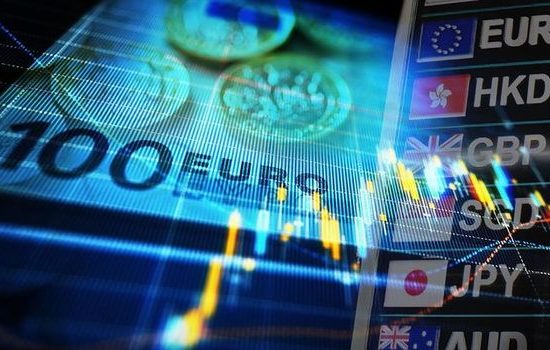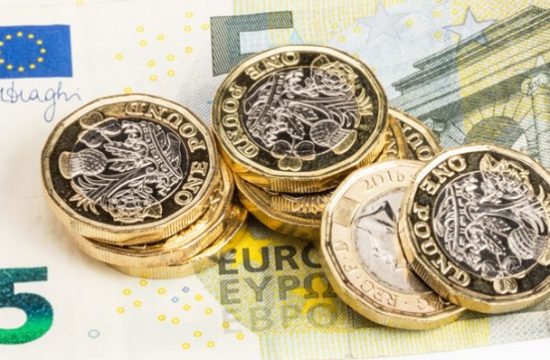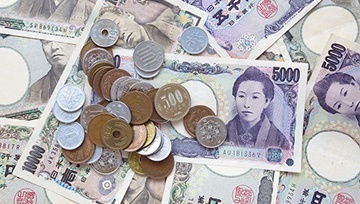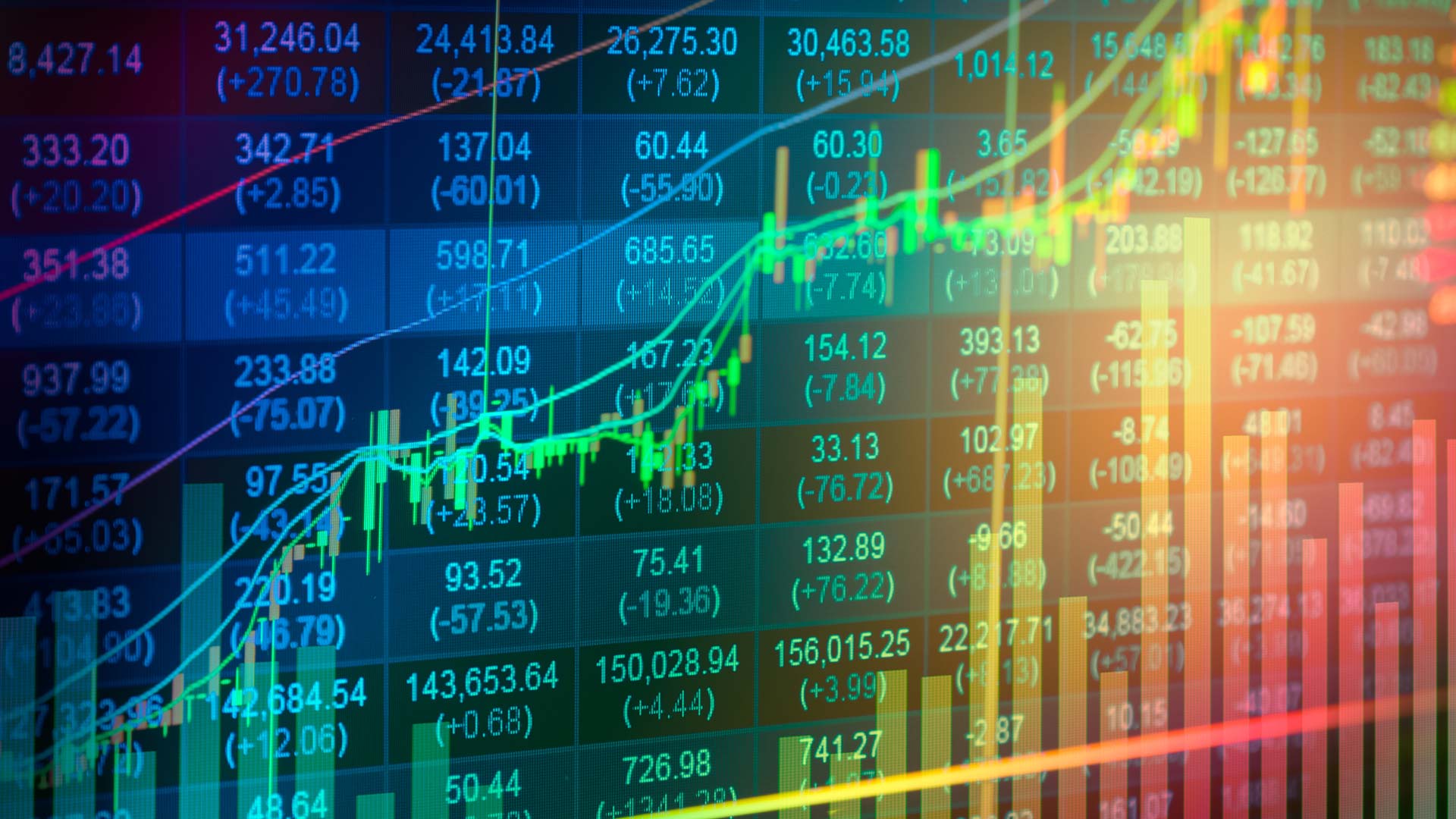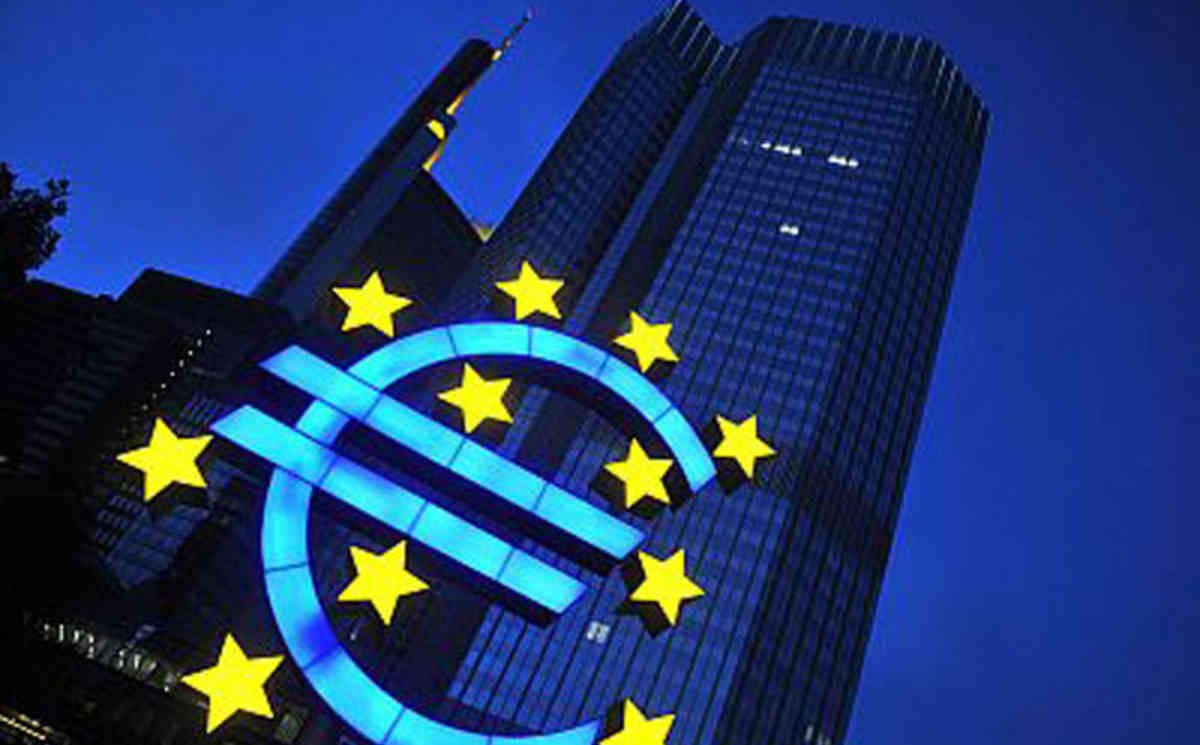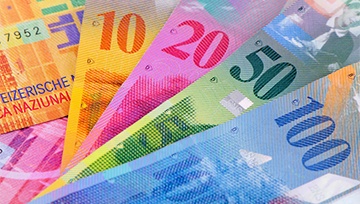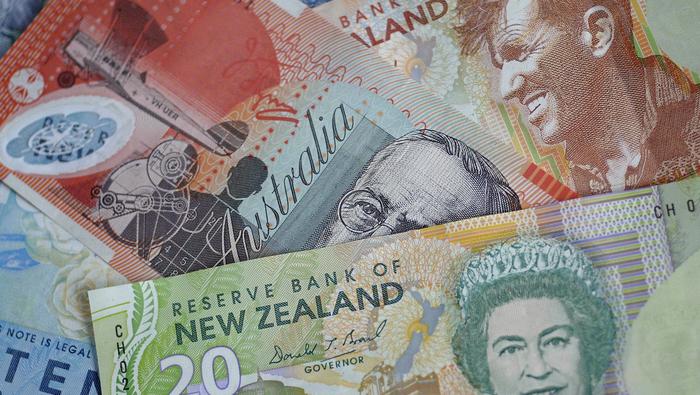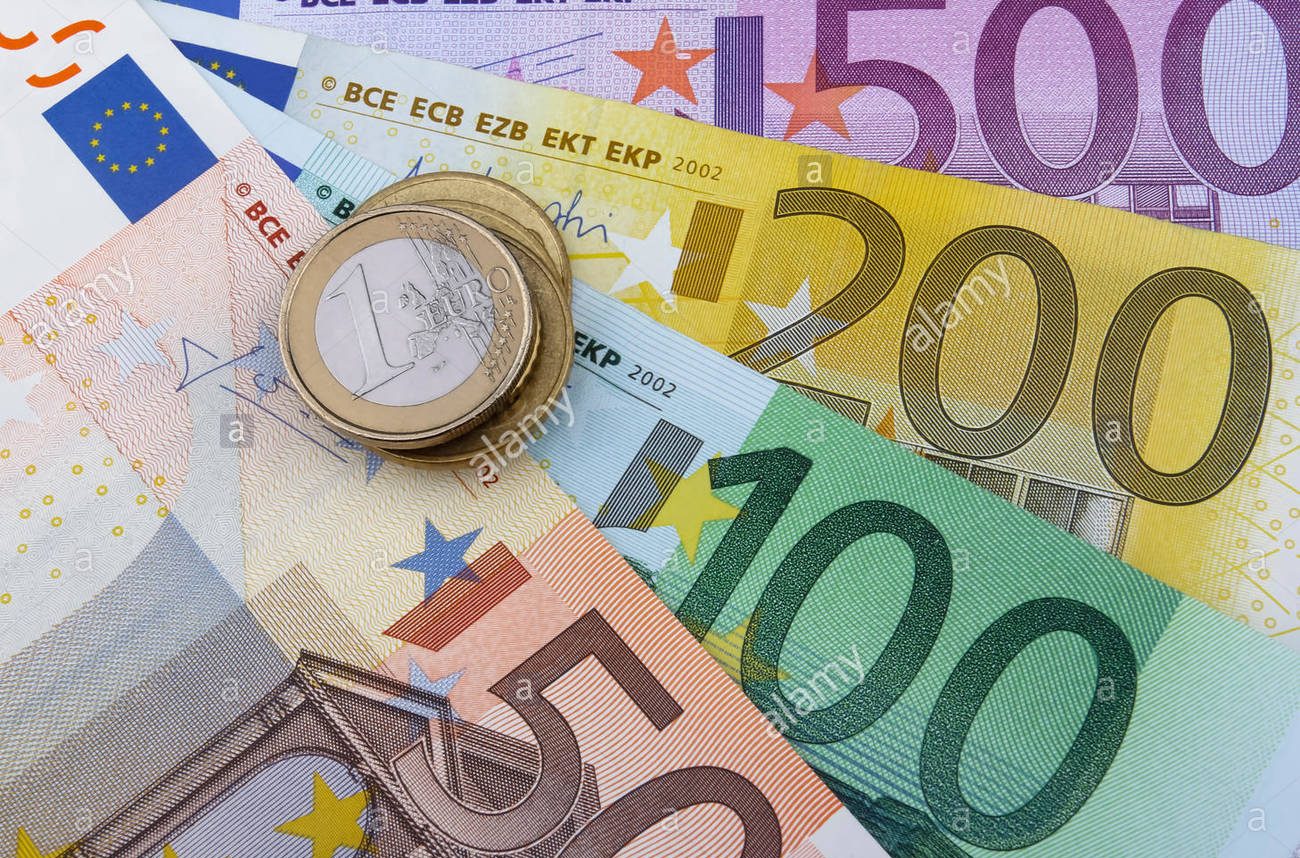The Positives

Investors were broadly focused on the positives this week. Despite the deteriorating relationship between .two of the world’s most powerful economies, which has the potential to turn into a new “cold war”, the immediate attention was on the early and gradual reopening of economies and the heightened expectations of a quicker recovery. Market participants are keeping a close eye on the spread of the virus while also closely monitoring the careful balance of easing lockdowns and the return of back activities to drive the economy.
Stock Market
Global stocks rallied throughout most of the week on the confidence that massive economic stimulus packages from central banks and governments will stay in place for a while. In an extremely low-interest-rate environment, quantitative easing and large fiscal policy measures have absorbed the pandemic-induced shocks and camouflaged the stark reality of the impact of the coronavirus.
After a great run to the upside during the first half of the week, investors hit pause on Thursday and locked in profits.
World Equity Indices

European Bourses
European stocks outperformed its peers this week, driven by bold and long-awaited actions from the European Central Bank (ECB) and fiscal stimulus by governments. The EU recovery fund and Germany’s stimulus plan are both viewed as important steps in paving the recovery of the Eurozone. The overall risk sentiment in Europe was more upbeat compared to the US and Asian markets.
Forex Market
In the FX space, the improvement in risk appetite has helped major currencies to strengthen against the US dollar. The Antipodeans outperformed while safe-haven currencies were among the worst-performing currencies.

Antipodeans
The Antipodeans surged on the overall optimism in the financial markets and the US dollar weakness. Caixin Manufacturing and Services PMI in China rebounded in May – a sign that the economy is recovering, which has, therefore, also contributed to the rally of the Aussie and New Zealand Dollar. Both the Manufacturing and Services sector returned to growth – PMI figures rose from contractionary to expansionary level to 50.7 and 55 respectively.
In Australia, the RBA policy statement and the GDP figures were the main drivers of the Aussie dollar:
Reserve Bank of Australia
As widely expected, the RBA kept interest rates unchanged at 0.25%. The bank remained less-dovish compared to other major central banks. Despite the high levels of uncertainties and the fact that the Australian economy is experiencing the biggest economic contraction since the 1930s, the RBA maintained some optimistic tones.
Gross Domestic Product
The GDP figures were mostly in line with expectations. The March quarter showed that the economic output contracted by 0.3%, which reflects the impact of the raging bushfires across the country and the early impact of COVID-19. A bigger fall is expected in the June quarter due to the coronavirus-related lockdown measures, which will cause Australia to mark its first technical recession in decades.

The Treasury has outlined the remarkable resilience of the Australian economy, given the contraction of only 0.3%, but is contemplating a collapse of more than 20% in the June quarter.
The AUDUSD is trading around the high levels seen in January, while the NZDUSD pair moves closer to a 4-month high.
AUDUSD and NZDUSD (Daily Chart)

Euro
The downside risks for the shared currency have eased, and the Euro edged higher on the back of stimulus plans by Germany and the European Central bank.
Germany’s second stimulus plans
The coalition agreed on an ambitious programme with an extensive package of measures worth 130 billion euros to revive the economy and equip Germany for the future:
- A cut in value-added tax (VAT): From 1 July to 31 December 2020, VAT is to be reduced from 19% to 16%, while the reduced rate will be cut from 7% to 5%. This should stimulate private consumption and is socially equitable because VAT is a tax that everybody has to pay, said the Chancellor.
- Per-child allowance for families: Parents will receive a one-off payment of 300 euros per child. The tax-free allowance will be doubled for single parents.
- Support for local authorities: Federal government will increase the share it pays of the costs of accommodation for people in need, will compensate half of the drop in company tax levied by local authorities, and will strengthen both public transport and the health sector.
- Reduction in electricity costs: As of 2021, the Renewable Energies Act levy on electricity is to be reduced through subsidies from the national budget.
- Package for the future: A total of 50 billion euros under the programme is earmarked for a package for the future with tax breaks for research into the development of quantum computing and artificial intelligence. Stepping up the use of hydrogen power and better promoting electric vehicles are also part of the package.
European Central Bank
The ECB decided to increase its PEPP by EUR600bn to a total of EUR1,350bn to support the economy. A larger PEPP helped the shared currency to continue its rally. The EURUSD pair rose from a low of 1.11 to a high of 1.1360 during the course of the week.
Sterling Pound
Despite Brexit jitters, the Sterling Pound rose against the US dollar mainly on the back of a weak greenback. As of writing, both the EU and the UK have made no real progress on the negotiations, and the deadline for the extension is looming. The GBPUSD pair is currently trading at around 1.2590 level as it found some resistance above the 1.26 mark.
|
Attention is now on the Nonfarm payrolls to be released later today, which can be a major driver for the FX market.
|
Gold
Gold is struggling to find a firm upside momentum amid the risk-on environment. Geopolitical tensions and an environment of caution are providing some support to the precious metal. As of writing, the XAUUSD pair is down for the week but is still trading above the key psychological level of $1,700.
XAUUSD (Daily Chart)

Oil Market
The overall risk-on sentiment, a weaker US dollar and improving demand and supply fundamentals continue to support the oil market. API and EIA also reported a significant draw in the crude oil inventory levels. Ahead of OPEC+ nations meeting in June, traders are finding some reassurances that Saudi Arabia and Russia are moving close to a deal to extend production cuts.
As of writing, WTI Crude oil (Nymex) and Brent Crude (ICE) is trading at $37.27 and $39.95, respectively.



